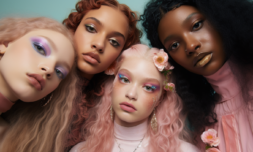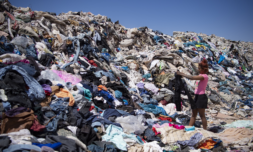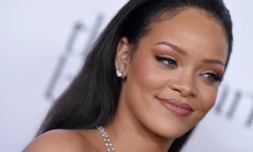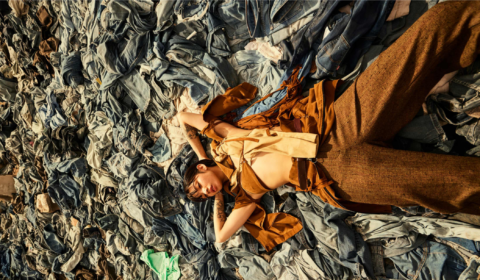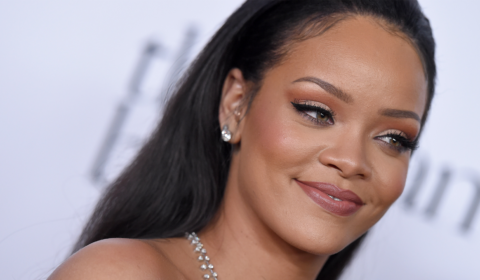According to the latest Brand Finance Apparel 50 report, the value of fast fashion giants such as H&M and Zara is decreasing as sustainability and innovation become the key drivers of consumer choices.
Though it may not seem like it if your Instagram is full of influencers flaunting SHEIN hauls, the fast fashion market is losing its value – at least according to a new report by Brand Finance.
Released this week, the research homes in on sustainability credentials as the primary driver of consumer decisions. This is evident when observing the continued success of brands that have set strong eco-goals, as well as the substantial growth of the luxury market.
A great example of the former is Nike. Despite losing a 6 percent drop in its overall brand value, it has continued its nine-year reign as the world’s most successful apparel company, valued at USD 31.3 billion.
It’s no coincidence that it also has the highest Sustainability Perceptions Value (SPV) at USD 2.3 billion. The report argues that Nike’s ‘Move to Zero’ campaign was extremely successful in communicating its sustainability goals to its global consumer base.
Not to mention, Nike is constantly innovating – a quality that retains existing customers while attracting new ones. The brand seems to never run out of unique and interesting colourways, iconic individuals to collaborate with, and old styles to revive from its archive.
On the contrary, fast fashion is falling behind on all fronts, from sustainable practices to innovation, and overall brand identity.
Which #Apparel #brands are the most valuable?
–@Nike ticks all the boxes with a brand value of USD31.3 billion
–@LouisVuitton struts into 2nd, with a brand value of USD26.3 billion
–@CHANEL takes 3rd place, with a brand value of USD19.4 billion
REPORT: https://t.co/4F0mPA0df2 pic.twitter.com/1XmbTxjkJa
— Brand Finance (@BrandFinance) September 20, 2023










